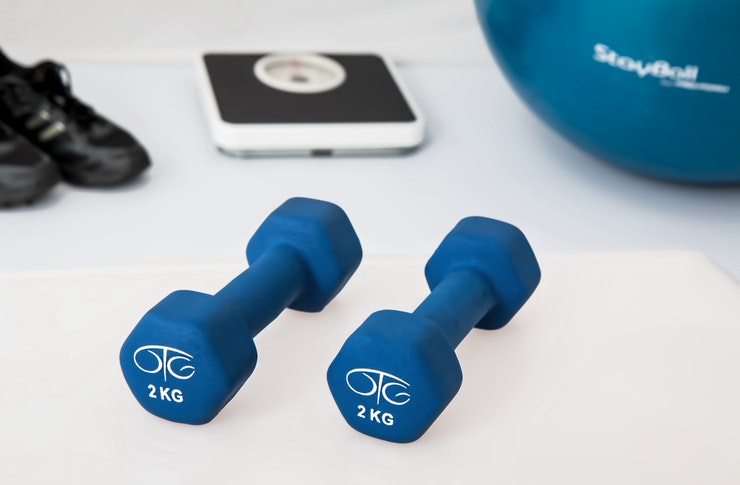Unraveling the Potency of Breathwork for Holistic Health
Imagine the profound potential of harnessing something as natural and vital as our breath to boost our health and well-being. Excitingly, new scientific research is beginning to explore this very power. This article will delve into the transformative science of breathwork, the conscious control of breathing patterns to influence mental, physical, and emotional health.

The Genesis of Breathwork
Breathwork is not a new concept, despite its recent popularity in Western wellness culture. The practice finds its roots in ancient cultures, with Eastern practices like pranayama yoga and Buddhist breathing meditations forming the foundation of what we know as breathwork today. Scientific investigation into the physiological effects of controlled breathing started gaining momentum in the late 20th century. Today, breathwork is emerging as a promising avenue for managing diverse health issues, from anxiety to respiratory ailments.
Current Trends in Breathwork
Recent studies have underscored that breathwork can be a powerful stress management tool. One study, published in the Journal of Clinical Psychology, found that practicing slow breathing could reduce symptoms of stress and improve overall well-being. Moreover, findings from the American Psychological Association suggest that breathwork may have a positive impact on immune response, making it a focal point in preventive healthcare.
Decoding the Science Behind Breathwork
At the core of breathwork’s efficacy is its influence on the autonomic nervous system, which regulates bodily functions like heart rate and digestion. Deep, slow breathing can stimulate the parasympathetic nervous system, promoting relaxation and reducing stress. Contrarily, rapid, shallow breathing may activate the sympathetic nervous system, leading to heightened awareness and energy. Despite these advantages, the challenges in breathwork lie in its mastery. It demands consistent practice, guided learning, and individual customization for maximum effectiveness.
Engaging in a Breathwork Practice
- Start with a comfortable seated position, ensuring your spine is straight for better airflow.
- Begin with simple techniques such as box breathing: inhale for four counts, hold for four, exhale for four, and hold for four.
- Gradually increase your breath-holding capacity, ensuring the process does not induce any discomfort.
- Use guided breathwork sessions available online for initial practice.
In conclusion, breathwork provides an intriguing opportunity to tap into the often-underestimated power of our breathing. As science continues to document the many benefits of this practice, it’s worth considering how integrating conscious breathing into our daily routines could be a breath of fresh air for our health and well-being.




